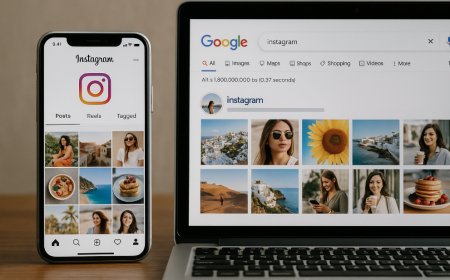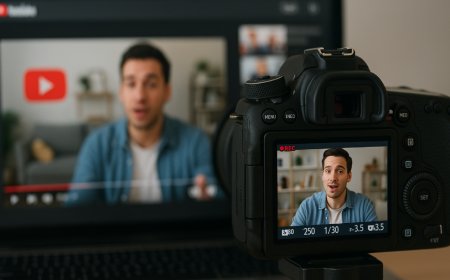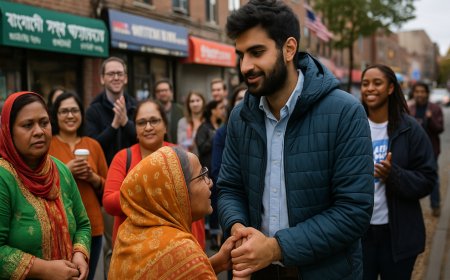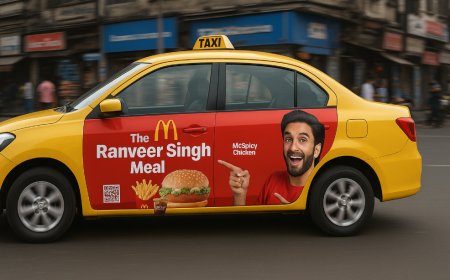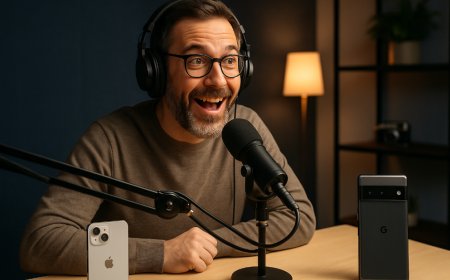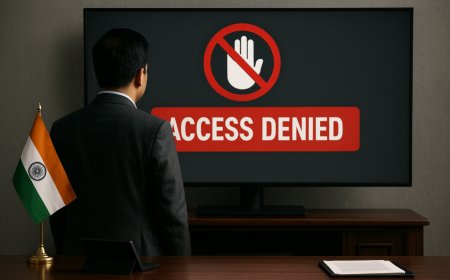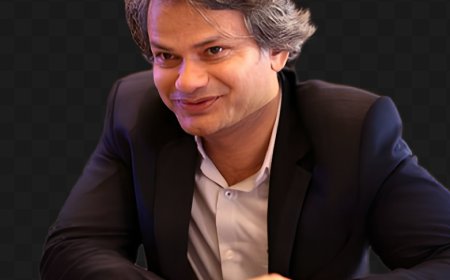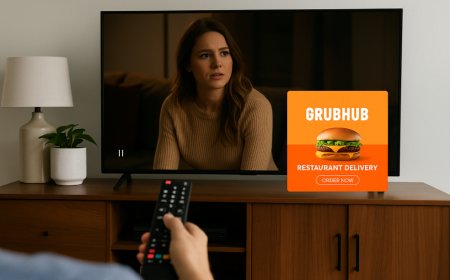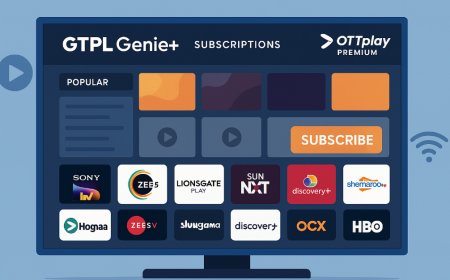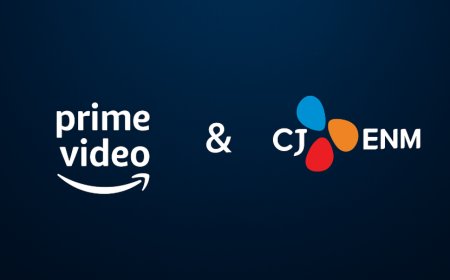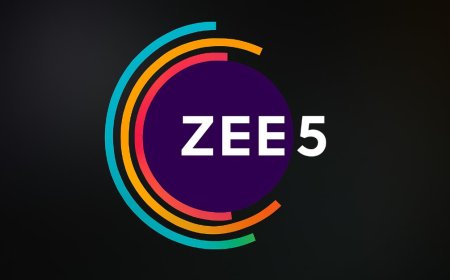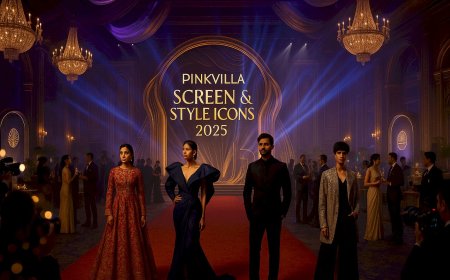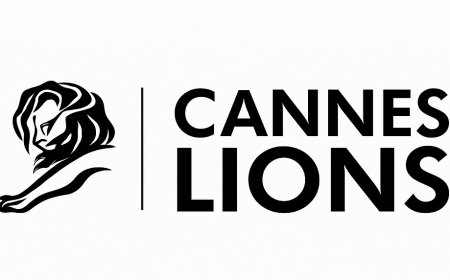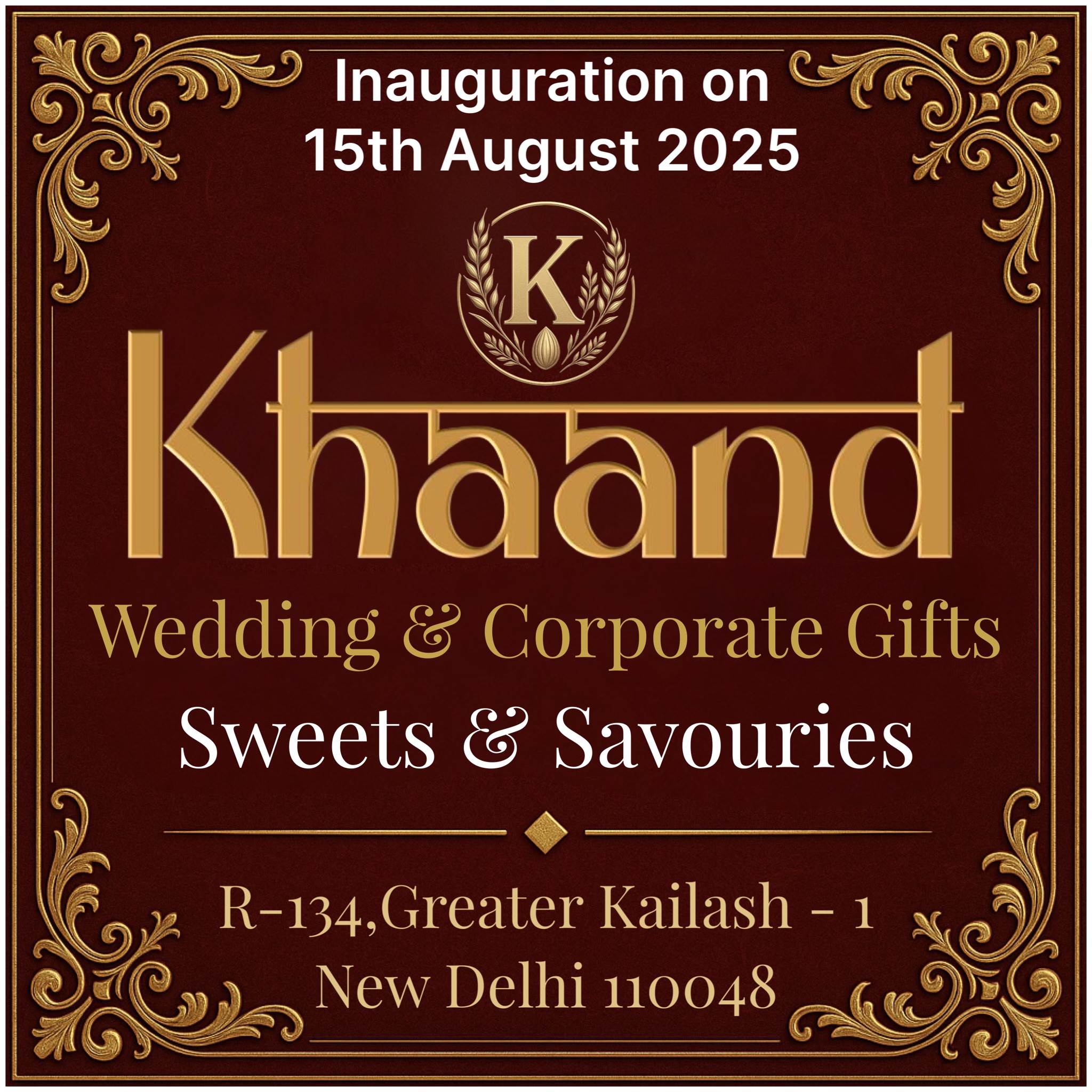Google’s Classic Search Ads Make a Stylish Comeback
Google revives the charm of classic advertising with its new Search ads campaign, combining vintage appeal with modern tech. Here’s how it’s reshaping digital marketing strategies.

Introduction: A Familiar Look, A Fresh Perspective
In the fast-evolving landscape of digital advertising—where flashy videos, influencer tie-ups, and AI-driven targeting dominate—Google has taken a surprising step back in time. Its latest Search ads campaign evokes nostalgia by embracing a vintage aesthetic that feels more like a tribute to the golden era of advertising than a high-tech push. Yet, underneath the old-school polish lies a sharp, modern message: some strategies, like search-based intent marketing, never go out of style.
This campaign, launched across key global markets, is a reminder of why simplicity, clarity, and relevance still drive conversions in the digital era. While Google constantly evolves its advertising tools and platforms, the core principles of consumer engagement remain unchanged.
The Campaign Concept: Where Retro Meets Relevance
The new Google Search ads campaign leans into the aesthetic of 1960s and 70s print advertising, with layouts, typography, and copy that could have graced the pages of classic magazines like Life or The New Yorker. Think serif fonts, pastel color palettes, and straightforward messaging.
But while the design is retro, the functionality is fully modern. The ads cleverly demonstrate how everyday search queries—like “best phone for photography” or “nearby vet open now”—lead users directly to helpful, intent-driven results. By pairing these scenarios with old-school visuals, Google subtly reinforces the enduring value of its search engine.
It’s more than nostalgia; it’s a marketing message wrapped in a warm, familiar coat.
Why It Works: The Power of Timelessness
So, why has Google chosen this unexpected direction?
The answer lies in emotional marketing. Consumers are increasingly overwhelmed by overstimulation—endless scrolling, autoplay videos, and algorithmic noise. A return to clean, quiet, and visually grounded ads gives viewers a moment to pause.
This campaign taps into several timeless truths:
-
Trust in Simplicity: Clear, concise ads are easier to process and remember.
-
Relevance is Key: Ads that align with immediate needs (like Search ads) deliver better value.
-
Emotional Connection: Nostalgia creates a sense of comfort and relatability.
By revisiting the visual language of mid-20th-century advertising, Google is leveraging the emotional power of familiarity to reinforce its position as the go-to tool for answers.
Execution Across Formats: Multi-Channel, One Message
While the campaign is built around Search ads, the visuals have made their way into digital billboards, YouTube pre-rolls, social media placements, and even QR-code-driven print ads in select cities. The unifying thread? Every ad ties back to an everyday moment where Search becomes the hero.
For instance:
-
A billboard showing a couple preparing for a road trip with the line: “Maps to the mountains? Just ask Google.”
-
A social carousel featuring a stylish woman looking for a tailor, paired with: “Best local tailors near me”—Google gets it.
-
A short video spot in retro animation where a parent searches for “home remedies for toddler cough.”
The message is subtle but universal: Search is always there, seamlessly integrated into life’s daily moments.
A Lesson in Brand Confidence
One of the most striking aspects of this campaign is its confidence. Google doesn’t need to over-explain its utility. It trusts users to understand the product because they already use it every day. That quiet assurance is reflected in the ad tone—calm, assured, and free of the hyperbole often seen in modern tech marketing.
This tone of voice suggests maturity—a brand comfortable in its legacy yet still innovating. It’s the advertising equivalent of a well-tailored suit: understated, classic, and always in fashion.
The Influence of Nostalgia Marketing
Google isn’t the first tech company to tap into retro visuals. From Spotify’s year-end vinyl record aesthetics to Instagram filters inspired by film cameras, nostalgia has become a powerful marketing tool.
But Google takes it a step further by blending nostalgia not with fantasy but with functionality. There’s no escapism here—just the consistent utility of Search framed in a way that evokes trust and warmth.
This approach signals a larger shift: as digital audiences mature, so do their preferences. They crave authenticity, familiarity, and substance. Google's campaign meets that moment by leaning into a look that feels like home.
Adapting to a Post-Algorithm World
We’ve entered an era where consumers are more skeptical of the algorithm. Social media platforms face criticism for their opaque content curation and ad targeting practices. Amid this backdrop, Google’s Search ads feel refreshingly transparent.
The value proposition is clear: you ask, we answer.
This return to intent-based marketing—where the user initiates the interaction—feels empowering. It’s less about persuasion and more about service. The retro campaign underscores that simplicity by avoiding data-heavy language or personalization jargon. It focuses instead on human behavior: curiosity, need, and trust.
What Marketers Can Learn
Google’s campaign is a reminder that effective advertising doesn’t always require the newest trends or the most advanced tools. Sometimes, the best approach is to:
-
Go back to basics
-
Focus on the user's real needs
-
Let your product speak for itself
By emphasizing Search—arguably its oldest and most iconic product—Google reasserts that relevance and clarity remain marketing’s most powerful tools. It’s a subtle masterclass in brand storytelling that connects generations without feeling dated.
Conclusion: Everything Old is New Again
In a world obsessed with innovation, Google’s vintage-themed Search ad campaign is a breath of fresh air. It reminds us that while platforms evolve, the essence of good advertising stays the same: clear messaging, emotional connection, and genuine utility.
What's Your Reaction?
 Like
0
Like
0
 Dislike
0
Dislike
0
 Love
0
Love
0
 Funny
0
Funny
0
 Angry
0
Angry
0
 Sad
0
Sad
0
 Wow
0
Wow
0
